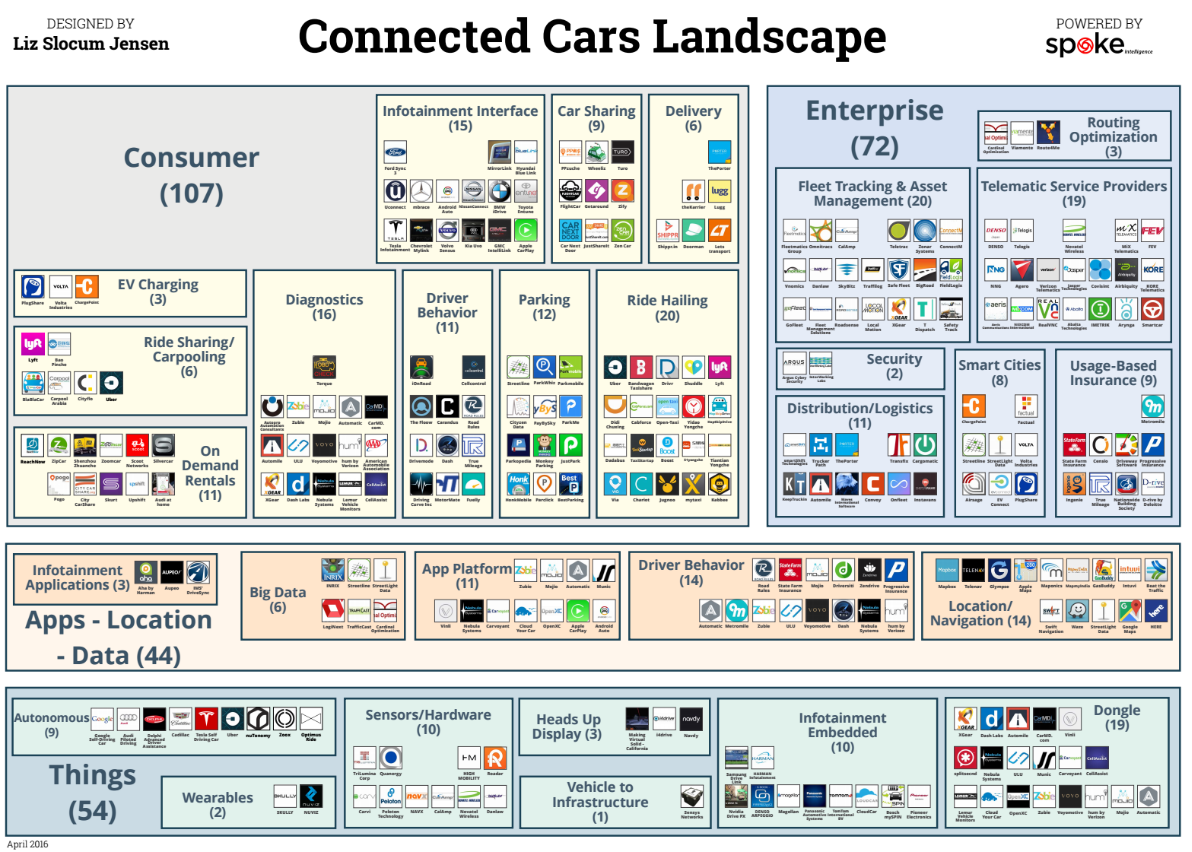Tesla cars get a lot of attention for their futuristic design, and not all of that is because of the company’s larger-than-life energy initiatives. The Model S, Model X, and upcoming Model 3 all incorporate levels of driver-focused technology previously unseen on almost any car, even luxury models. That’s about to change, though.
Drivers today are asking why they can’t expect the same level of technology from their infotainment systems as they get from devices like their smartphones.
Apple and Google parent company Alphabet have answered the call with CarPlay and Android Auto, but now the great minds at Android are taking things a step further — they’re promising complete Android integration with your car, including adding Google Assistant.
What’s more, a new software update will make all 2016 Ford vehicles compatible with Android Auto and CarPlay.
June 5th: The AI Audit in NYC
Join us next week in NYC to engage with top executive leaders, delving into strategies for auditing AI models to ensure fairness, optimal performance, and ethical compliance across diverse organizations. Secure your attendance for this exclusive invite-only event.
Android pairs with Audi and Volvo
You won’t have to wait long to see this integration in newer model vehicles, either. Audi and Volvo are both featuring native integrations of Android Auto in models that could be available as soon as 2018.
Both automakers have shown consistent devotion to forward-thinking interior design. Audi’s new virtual cockpit is a visually stunning high-definition TFT display that brings all aspect of the car’s onboard systems front and center. It will make an excellent companion to Android Auto’s expanded functionality.
Google I/O has already unveiled concept images showing the Android-integrated interiors for both the Audi Q8 Sport and Volvo XC60 — in 2018 guise, of course. Delivering a command in these is every bit as simple as it was on your Android phone — just utter the key phrase, “OK Google,” and the Assistant springs to life to help with whatever’s on your mind.
Updated for the new model year
This isn’t just the same old Android Assistant that currently ships with phones, though. This new version of the tool has been updated and is designed to make life behind the wheel of your luxury automobile worry-free — even providing 3D mapping and satellite images.
Of course, you can still use all of the features that have made virtual assistants a hit, many of which are convenient because of their hands-free nature. These features include:
- Making a phone call
- Sending a text message
- Locating a nearby business or home and providing directions
- Playing music
As with the latest versions of Siri and Amazon’s Alexa assistant, one of the most exciting new features of Amazon Auto is scalability, thanks to integration with apps. You could have a copy of Waze installed right on your car and never think twice about getting directions from Shaquille O’Neal or Colonel Sanders.
The vision here is to combine all of the features you use inside a car into one seamless system. It’s a great idea, but it’s more difficult to achieve than it sounds — as first-generation attempts like Cadillac’s CUE, BMW’s iDrive, and Ford’s MyFordTouch have proven in real-world examples.
Hot on Google’s tail
You can imagine that tech powerhouses like Apple and Amazon aren’t going to sit idly by while Google has all the fun. Both companies are already vying for market share to install competing versions of their own operating systems on cars from Ford, Mercedes, BMW, and more.
In addition to the usual suspects, chipmaker Samsung has been mentioned as a potential OEM for in-car entertainment, and some automakers have suggested that they’re even going to devise their own proprietary digital assistant.
Upgrades for old rides
What if you’re not in the market for a new car but want to enjoy the benefits of an integrated digital assistant? How cool does a resto-mod Mustang or Camaro with a digital assistant built into the dash sound?
It might seem far-fetched, but aftermarket pieces like made-to-order dash kits are already easily available, so how long until AI components become part of such customization processes? There’s no question that market interest will support it, and aftermarket vendors are already seeing huge interest in features like Bluetooth-connected stereos. If Google doesn’t deliver it, Sony or Alpine will.
New challenges for Google
Adapting such a system for use on high-tech infotainment screens brings new challenges that are still unanswered, which is why we can’t enjoy these new technologies just yet.
For example, if you were to ask Google to bring up YouTube on that lovely Audi TFT screen and then play a video, you could easily be persuaded to take your eyes off the road. That can’t happen, so for reasons like this the system is still in testing. There must be limits to what the integration allows in order to account for safety.
Still, the future of automotive integrations is bright. It’s highly likely that 2020 models will be experimenting with Google integration for not only the driver’s interface but also back-seat interfaces like those found in many modern SUVs. No longer will mom and dad be forced to load a DVD everyone likes and start it playing before hitting the road.
Always interconnected
Whether we’re web browsing, listening to music, or getting directions, our proximity to digital assistance is increasing every day. Is it possible that one day the smart features of these devices will be completely built into the world around us?
If so, they will probably run on an Android operating system.
Kayla Matthews is a technology and energy IT writer whose work has appeared on Motherboard, MakeUseOf and Triple Pundit.


